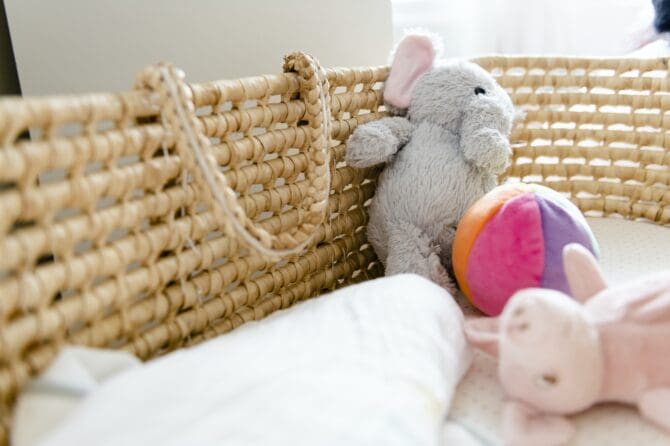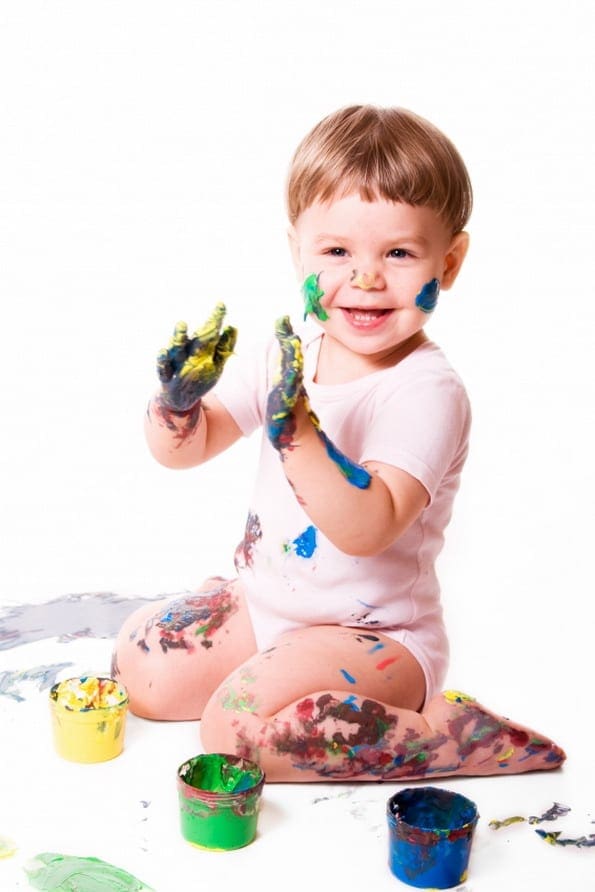Every parent dreads leaving a child at day care, school or with family and friends if they’re throwing a temper tantrum or crying. While it may be difficult to see your child upset, know that separation anxiety is very common. When a baby reaches the toddler stage, it can be very hard. Some children may even experience anxiety sooner than others. However, there are ways to ease the transition and help your child feel more comfortable. For example, you can say goodbye before leaving, explain where you’re going and when you’ll be back, and maintain a consistent daily routine.
Knowing how to cope with your child’s separation anxiety is key to relieving your angst about the separation. You’ll also be better able to help your child cope with her anxiety. Understanding why separation anxiety occurs is the first step to coping with the problem.
First, you need to know that a child has no concept of time. When you leave, she doesn’t know when or if you’re coming back. She simply knows that you’re gone, and she misses you because you’re ordinarily a “permanent” existence in her life.
There are many potential situations that might trigger separation anxiety in children. Some common examples include starting childcare, getting a new sibling, starting school, or moving to a new house. Many times, children will display anxiety behaviors when they are separated from a parent or caregiver. These can include crying, clinginess, tantrums, and trouble sleeping. If you think your child might be experiencing separation anxiety, watch for these signs and talk to their doctor.
There are strategies that may work to calm a child and reassure her when she experiences separation anxiety:
· Don’t prolong the agony. Hesitating when leaving a child with a caregiver will make her perceive that she’s “winning.” Speak calmly to the child and the caregiver and then say your goodbyes.
· Ensure that the child is comfortable. Never leave a hungry, wet, dirty, sick, sleepy or tired child with a new caregiver. The child is already uncomfortable, and it’s not a good time to leave her. Make sure she has had a good meal, a nap and is clean and dry before you leave her.
· Stay positive. Don’t show that you are anxious or nervous about leaving your child. This will only make the child more anxious. Smile, give her a hug and a kiss and tell her that you will be back soon.
· Give the caregiver some time alone with the child. Once you have said your goodbyes, leave the room and let the caregiver spend some time alone with the child. This will help the child feel more comfortable and secure with the caregiver.
· Make sure that you and your child are both comfortable with the caregiver before leaving them alone together. If possible, invite the caregiver to your home a few times so that your child can get to know them. If you’re putting your child in a new daycare center, visit the facility a few times so that they can get to know the place and the staff.
· For younger children, always keep your promises. Let her know that you’ll pick her up just after nap time, for example. This will help develop confidence in the child that you’ll be back.
The best way to ease your child into a new caregiver is to leave them for brief periods of time. This way, they can get used to the routine and be reassured that you will come back. Ask the caregiver to distract your child with toys or something else they’re interested in while you’re gone.
Children can experience separation anxiety at different times in their lives. Some may carry these anxieties into the early years of school, while others may begin to adjust during the toddler stage. If a child develops more troubling reactions, there may be a deeper cause for the anxiety.
It’s important to find out as much as you can about separation anxiety in children and if you suspect a deeper problem, talk to your doctor.











